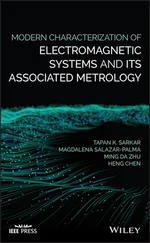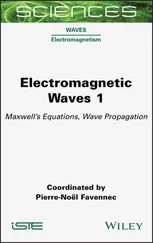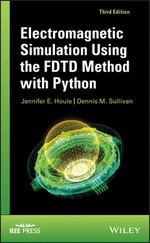Christophe Caloz - Electromagnetic Metasurfaces
Здесь есть возможность читать онлайн «Christophe Caloz - Electromagnetic Metasurfaces» — ознакомительный отрывок электронной книги совершенно бесплатно, а после прочтения отрывка купить полную версию. В некоторых случаях можно слушать аудио, скачать через торрент в формате fb2 и присутствует краткое содержание. Жанр: unrecognised, на английском языке. Описание произведения, (предисловие) а так же отзывы посетителей доступны на портале библиотеки ЛибКат.
- Название:Electromagnetic Metasurfaces
- Автор:
- Жанр:
- Год:неизвестен
- ISBN:нет данных
- Рейтинг книги:4 / 5. Голосов: 1
-
Избранное:Добавить в избранное
- Отзывы:
-
Ваша оценка:
Electromagnetic Metasurfaces: краткое содержание, описание и аннотация
Предлагаем к чтению аннотацию, описание, краткое содержание или предисловие (зависит от того, что написал сам автор книги «Electromagnetic Metasurfaces»). Если вы не нашли необходимую информацию о книге — напишите в комментариях, мы постараемся отыскать её.
, distinguished researchers and authors Karim Achouri and Christophe Caloz deliver an introduction to the fundamentals and applications of metasurfaces and an insightful analysis of recent and future developments in the field. The book describes the precursors and history of metasurfaces before continuing on to an exploration of the physical insights that can be gleaned from the material parameters of the metasurface.
You’ll learn how to compute the fields scattered by a metasurface with known material parameters being illuminated by an arbitrary incident field, as well as how to realize a practical metasurface and relate its material parameters to its physical structures. The authors provide examples to illustrate all the concepts discussed in the book to improve and simplify reader understanding.
Electromagnetic Metasurfaces Readers will also benefit from the inclusion of:
A thorough introduction to metamaterials, the concept of metasurfaces, and metasurface precursors An exploration of electromagnetic modeling and theory, including metasurfaces as zero-thickness sheets and bianisotropic susceptibility tensors A practical discussion of susceptibility synthesis, including four-parameters synthesis, more than four-parameters synthesis, and the addition of susceptibility components A concise treatment of scattered-field analysis, including approximate analytical methods, and finite-difference frequency-domain techniques Perfect for researchers in metamaterial sciences and engineers working with microwave, THz, and optical technologies,
will also earn a place in the libraries of graduate and undergraduate students in physics and electrical engineering.
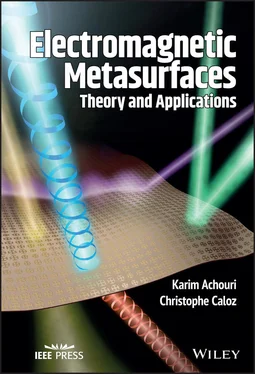
 reduces these equations to
reduces these equations to


 and apply the Gauss theorem, which gives
and apply the Gauss theorem, which gives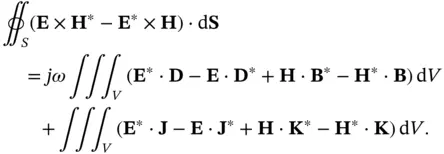



 represents a time-odd external bias. Under phase conjugation (or time reversal), these constitutive relations become [28]
represents a time-odd external bias. Under phase conjugation (or time reversal), these constitutive relations become [28]


 , where the superscript
, where the superscript  denotes the transpose operation, and grouping the identical parameter terms, we obtain
denotes the transpose operation, and grouping the identical parameter terms, we obtain


 , these conditions reduce to
, these conditions reduce to

 , and magnetic current sources,
, and magnetic current sources,  , are, respectively, given as
, are, respectively, given as



 and ( 2.53b) by
and ( 2.53b) by  and subtracting the two resulting equations yields
and subtracting the two resulting equations yields







